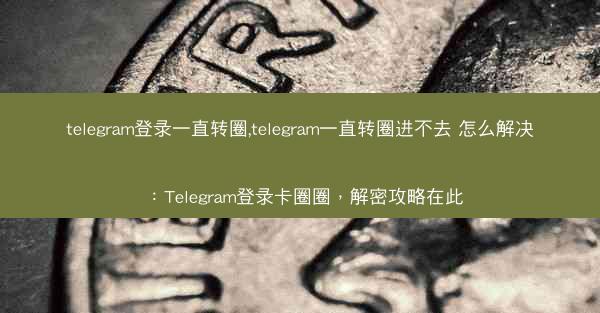telegraphy_telegraph用英语怎么读

Telegraphy, a term that evokes images of wires strung across landscapes and operators sending messages through the air, is a method of transmitting information at a distance. It was a revolutionary technology that paved the way for modern communication systems. The word telegraphy itself is derived from the Greek words tele, meaning at a distance, and graph, meaning to write. This article delves into the fascinating world of telegraphy and its impact on society.
Early Developments in Telegraphy
The concept of telegraphy dates back to the 1790s when various inventors began experimenting with electrical signals to transmit messages. One of the earliest notable figures was Claude Chappe, a French inventor who developed the semaphore telegraph in 1792. However, it was the work of Samuel Morse and his Morse code that would ultimately lead to the widespread adoption of telegraphy.
Samuel Morse and the Morse Code
Samuel Morse, an American painter and inventor, is credited with the invention of the Morse telegraph in 1837. The Morse code, a system of standardized electrical signals, allowed for the transmission of text messages over long distances. The code uses a series of dots and dashes to represent letters and numbers, making it possible to send messages quickly and efficiently.
The Telegraph Network
As the Morse telegraph gained popularity, telegraph networks began to spring up across the United States and later around the world. These networks were typically composed of a series of telegraph stations connected by wires. Each station was equipped with a telegraph instrument that allowed operators to send and receive messages.
The Role of Operators
Telegraph operators played a crucial role in the early days of telegraphy. They were responsible for sending and receiving messages, often working long hours in crowded and noisy environments. Operators needed to be skilled in Morse code and able to decipher messages quickly and accurately. The work was physically demanding and required excellent concentration.
The Impact of Telegraphy
The advent of telegraphy had a profound impact on society. It revolutionized the way people communicated, allowing for instant transmission of messages over long distances. This had significant implications for business, politics, and personal communication. The telegraph also played a crucial role in the development of the modern stock market and the growth of the railway industry.
Technological Advancements
While the Morse telegraph was a significant breakthrough, it was not without its limitations. Over time, technological advancements led to the development of more efficient and faster telegraph systems. The introduction of multiplexing allowed for the transmission of multiple messages over a single wire, greatly increasing the capacity of telegraph networks. Additionally, the development of wireless telegraphy, or radio telegraphy, further expanded the reach and capabilities of telegraphy.
The Legacy of Telegraphy
Although telegraphy has been largely replaced by more advanced communication technologies such as the telephone and the internet, its legacy remains. The principles and infrastructure developed during the telegraph era laid the foundation for modern telecommunications. The concept of sending information over long distances at high speeds has become an integral part of our daily lives, and the telegraph played a pivotal role in this transformation.
欢迎转载我的网站的文章,请注明出处:TG纸飞机-https://pdcjt.com/help/65398.html
相关推荐
最新发布

telegram干嘛用的(telegram都有什么:Telegram:社交新宠,沟通利器,一应俱全)

telegram改成汉语-telegram如何改语言:《Telegram升级,全新汉语体验来袭》

telegram服务器在哪个国家—Telegram服务器揭秘:神秘国度揭秘

telegram服务器在哪个国家-Telegram服务器揭秘:揭秘其神秘所在国

telegram服务器在哪个国家;揭秘:Telegram服务器为何选址该国?

telegram服务器在哪个国家(Telegram服务器揭秘:揭秘其神秘所在国)

telegram服务器在哪个国家(Telegram服务器:揭秘其神秘所在国)

telegram服务器在哪(揭秘Telegram服务器神秘之地)

telegram服务器代码;《Telegram服务器代码核心揭秘:构建高效聊天平台之道》

telegram犯罪吗_telegram有人用吗:Telegram犯罪风波:揭秘网络黑幕
 TG纸飞机
TG纸飞机

























